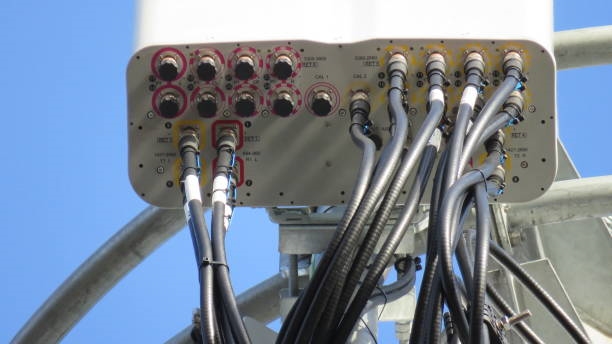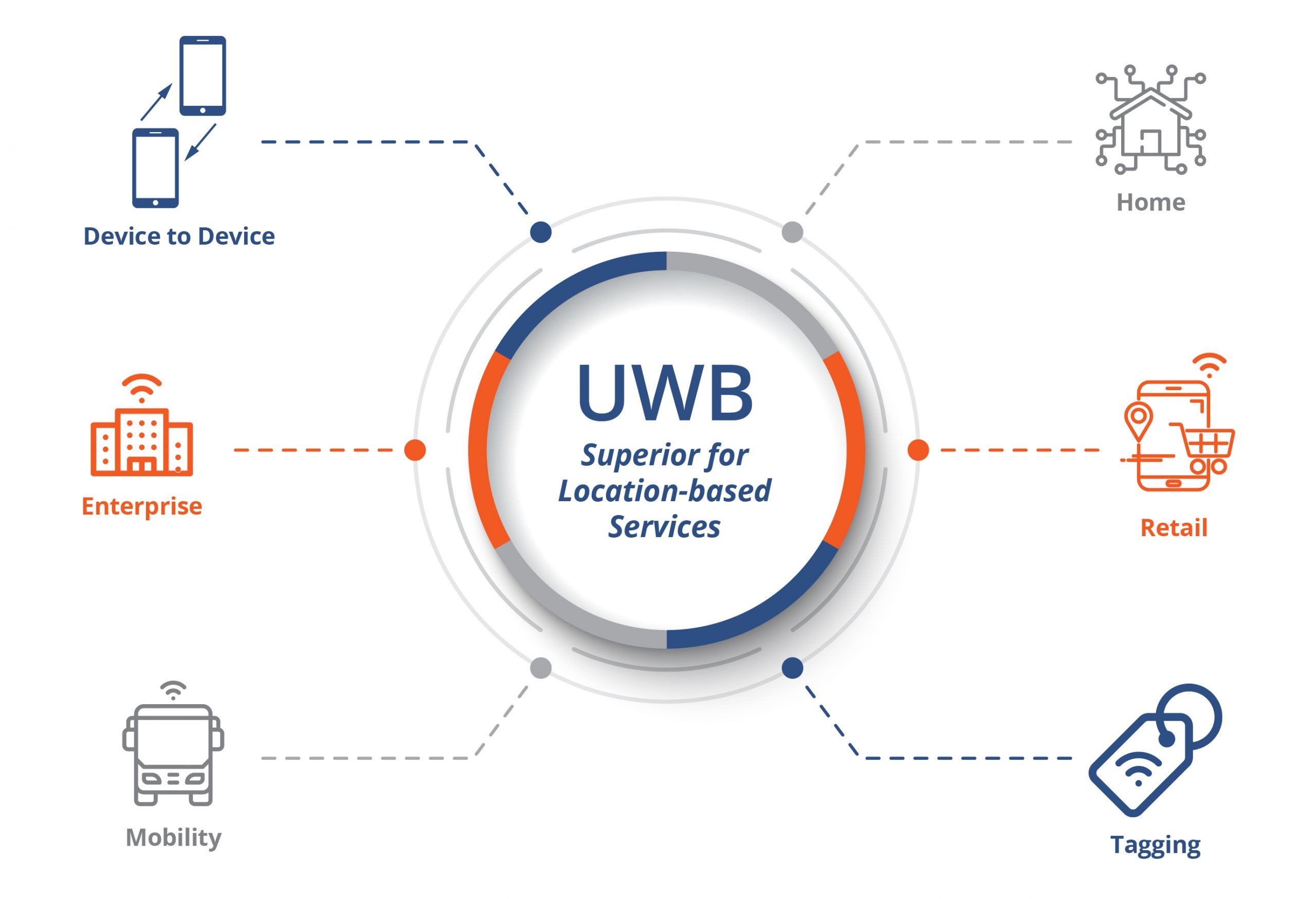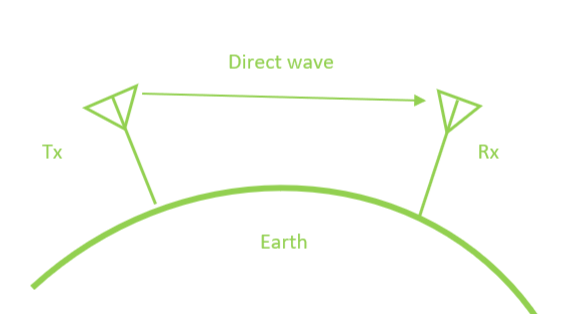Global Bluetooth device shipments reached 5 billion units in 2025 and are projected to grow to 8 billion by 2029, driven by widespread adoption in consumer electronics, commercial, and industrial applications. The Bluetooth Special Interest Group (SIG), with over 41,000 member companies, highlights the technology¡¯s role in connecting diverse devices, from smartphones to industrial asset trackers. The Asia-Pacific region, particularly China with 6,000 member companies, plays a pivotal role in this ecosystem, as discussed at the Bluetooth Asia Conference in Shenzhen on May 22, 2025.
Bluetooth Asia Conference and Market Insights
The Bluetooth Asia Conference, returning to Shenzhen after five years, underscored the technology¡¯s global impact. Ken Kolderup, Chief Marketing Officer of the Bluetooth SIG, highlighted that Chinese companies account for over 50% of the global market share in Bluetooth chips and smartphone development, emphasizing China¡¯s critical role in the Bluetooth ecosystem.
Bluetooth¡¯s Vision and Applications
The Bluetooth SIG aims to create a more convenient, efficient, and sustainable world through wireless connectivity. This vision manifests across three key areas:
- Consumer Electronics: Bluetooth enhances user experiences by eliminating wired connections. Wireless audio devices, such as earbuds, reached 900 million units shipped in 2025, with projections to exceed 1 billion soon. The Auracast technology enables audio sharing in public venues. Human interface devices like mice and keyboards (386 million units shipped in 2025) will soon match wired performance. The Find My feature, with 80 million tracking tags shipped, improves item location accuracy, while wearable health devices (323 million units) support remote monitoring, particularly for aging populations.
- Commercial and Industrial: Bluetooth improves efficiency through asset tracking (245 million units shipped in 2025) for factory equipment and personnel safety. By 2026, 45% of wireless condition-monitoring sensors will use Bluetooth, reducing equipment downtime. Networked lighting systems cut energy use by up to 70% and integrate with HVAC systems for further savings in large venues.
- Sustainability: Electronic shelf labels (ESLs, 138 million units shipped in 2025) reduce paper waste and optimize retail operations. Smart tags, with low-power or battery-free designs, support sustainable supply chain management, particularly for perishable goods, with shipments expected to reach 140 million by 2029.
Technical Advancements
Bluetooth is evolving from point-to-point connections to supporting large-scale device networks, such as ESL systems in retail or lighting controls in stadiums. Two key innovations drive this progress:
- High Data Throughput (HDT): Set for release in 2026, HDT will increase data rates from 2 Mbps to nearly 8 Mbps, enhancing reliability for applications like lossless audio streaming, home theater systems, and industrial machine control. It supports faster software downloads and low-latency operations.
- Frequency Band Expansion: Bluetooth plans to extend from the 2.4 GHz band to the 5-6 GHz range, improving speed, capacity, interference resistance, and location accuracy. This ensures competitiveness in high-density environments like smart cities and industrial IoT.
Competitive Landscape
Bluetooth faces competition from technologies like Wi-Fi 6 and UWB but views it as a catalyst for innovation. Its widespread adoption in smartphones, tablets, and industrial devices, combined with its reputation as a reliable technology, maintains its edge. However, industrial applications requiring ultra-low latency and high reliability pose challenges, necessitating further optimization to rival protocols like Modbus or CAN.
Future Outlook
Bluetooth is poised for breakthroughs in IoT and smart cities, with frequency expansion and large-scale networking enabling seamless connectivity in dense environments. In healthcare, wearables and remote monitoring will address aging population needs. ESLs and smart tags will drive sustainable retail and supply chain practices, supporting global carbon neutrality goals. In Industry 4.0, HDT and low-latency advancements will expand Bluetooth¡¯s role in automation and asset management, reinforcing its position as a leading wireless technology.
 ALLPCB
ALLPCB







